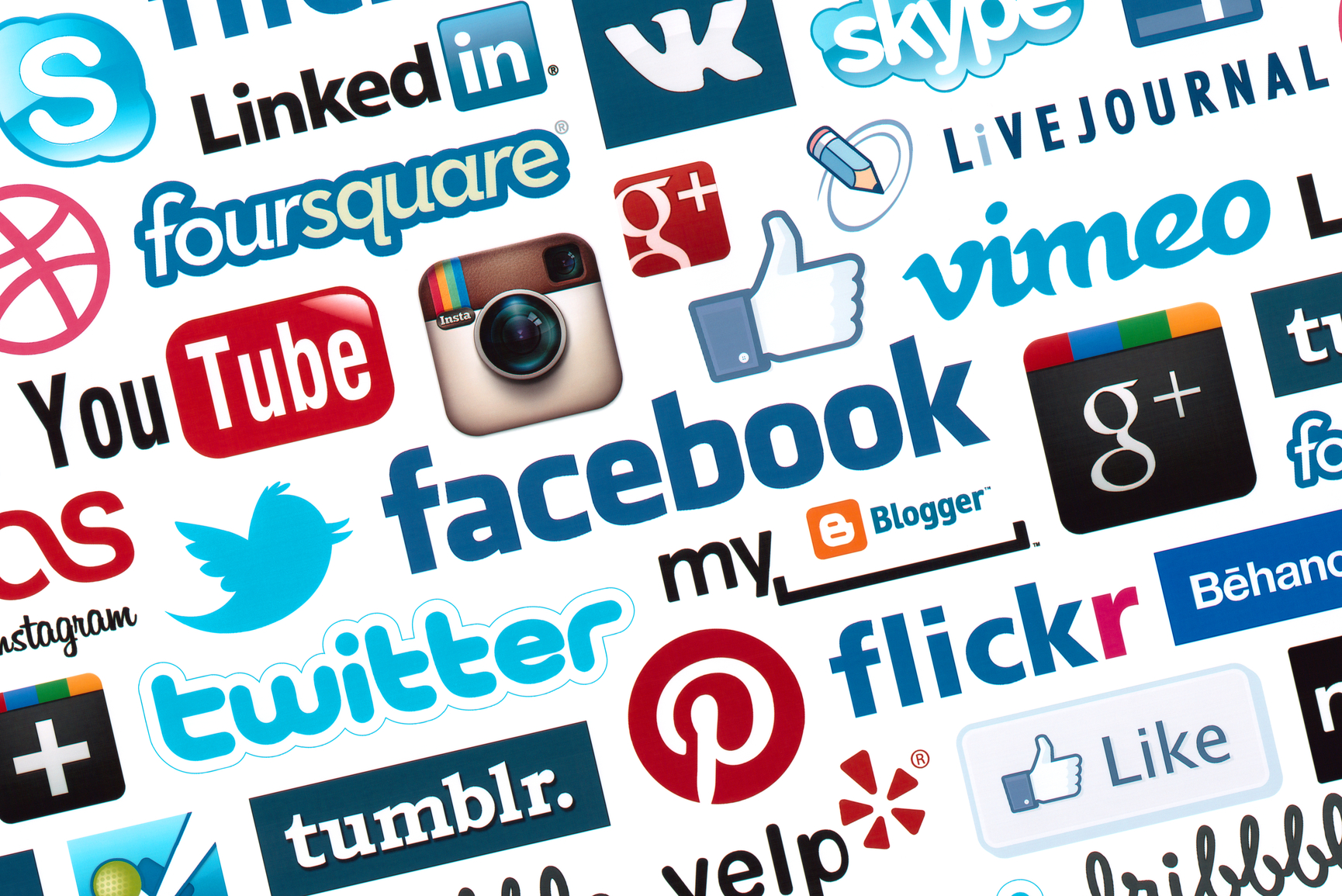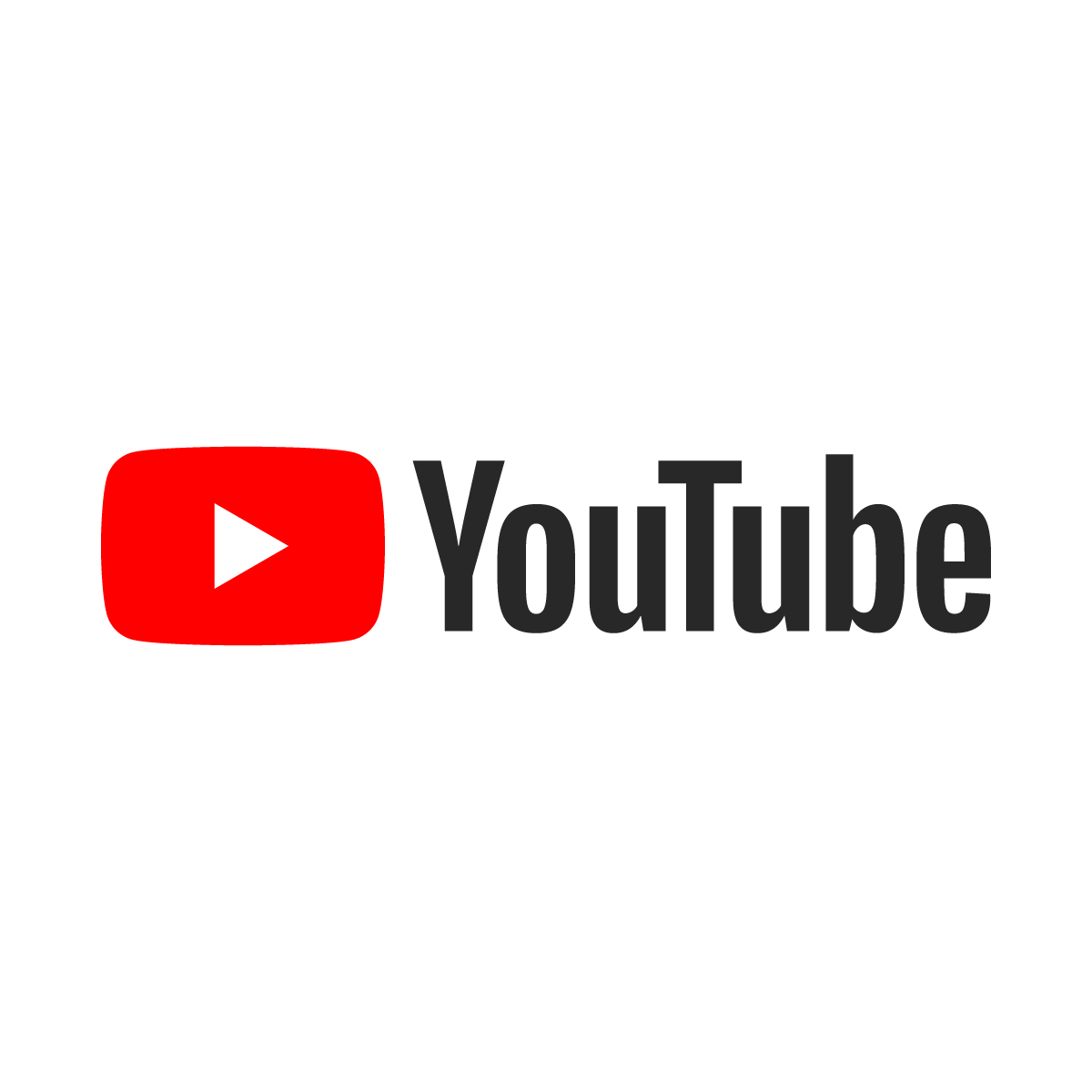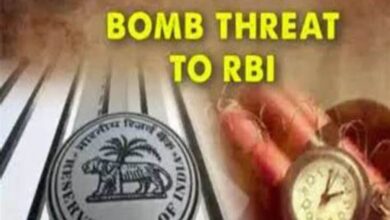
The metric we use to determine the size of a social network is the ‘ number of active users ‘ or the total number of unique users currently registered on the platform. This indicator is used throughout the technology industry as a critical indicator of popularity, participation, and growth.

Let’s talk about the Top 5 Social Networking Platforms in 2021:
1. Facebook
Facebook is the undisputed heavyweight champion of the social media platform. Facebook is a social network that shows the world what the Internet is and fundamentally changing the way people interact with each other. Infinite Dial reports that 58% of respondents in this age group chose Facebook as their social network in 2015 dropped to 32% by 2020. The biggest culprit is Instagram.

2. YouTube
YouTube is the second most popular social media platform on the list, with 2.29 billion registered users. Despite being popular with young viewers, YouTube provides essential statistics for the adult population. Nearly three-quarters (74%) of US adults use YouTube. In terms of national demographics, over 30% of all YouTube traffic comes from just three countries: the US, India, and Japan.
The potential for reach on YouTube is unrivaled, with 73% of US adults using the platform. Numbers that can’t be ignored.
YouTube has a strong user base across all age groups. Including the difficult-to-reach 65+ demographic and with 38% of US adults using the platform, it’s second only to Facebook.
YouTube covers all genres from beauty, gaming, education to DIY home improvements. This is the platform for most brands to invest in, with video being the growing medium for content marketing.

3. Whatsapp
Founded by two former Yahoo employees in 2009, WhatsApp’s original purpose was to display a “status” next to the name of each entry in a user’s address book, rather than an instant messaging (IM) application.
Since WhatsApp refuses to include traditional advertising in its monetization model, it does not offer the full range of marketing opportunities that many other social networks provide.
The closed messaging app might not seem the obvious choice for brands. But, consider that SMS has a 98% open rate compared to 20% of email; you realize it’s a captive audience. And, unlike SMS, WhatsApp messages are free to send.
If you use WhatsApp for customer services and retention, you begin to realize the potential for brands is huge on a distinctly underleveraged platform. If you can crack WhatsApp, you have a direct marketing channel to your audience.
4. Facebook messenger
The original incarnation of Messenger was Facebook Chat, a simple, instant messaging feature introduced by Facebook in mid-2008. Given Chat’s potential as a standalone app with its shopping ecosystem, Facebook redesigned the service and reclassified it like Facebook Messenger two years later. As a result, Messenger provides businesses with an unprecedented level of contact with their customers and prospects.
Some of the leading industries on Facebook include financial services, ecommerce, retail, gaming, entertainment, media, telecom, technology, consumer goods, and automotive businesses.
While the News Feed increasingly suppresses business posts, there are still ways to bolster engagement without investing in ads.
Consider joining (or creating) groups, using a Facebook Messenger chatbot, or using live video to up your engagement.

5. Instagram
The world’s most popular photo-sharing app ranks fifth with 1.22 billion active users worldwide. Instagram, founded in 2009 by Google employee Kevin Systrom, is the result of a comprehensive analysis of the social media situation in an early round of seed funding. It has industry-defining imaging technology and a far richer social experience than any other image-sharing service of its time.
Since introducing shoppable posts in 2018, the potential ROI for product-based businesses is higher than ever – not only can B2B’s connect with a massive audience, they can link the product information and sales straight from the Gram.
If your target demographic is under 35, Instagram is a gold mine: 75% of 18-24-year-olds use Instagram, with 67% Generation Z and 57% Millennials using the app daily.

So these are the top 5 social media platforms as of now.
Edited by Aishwarya Ingle




